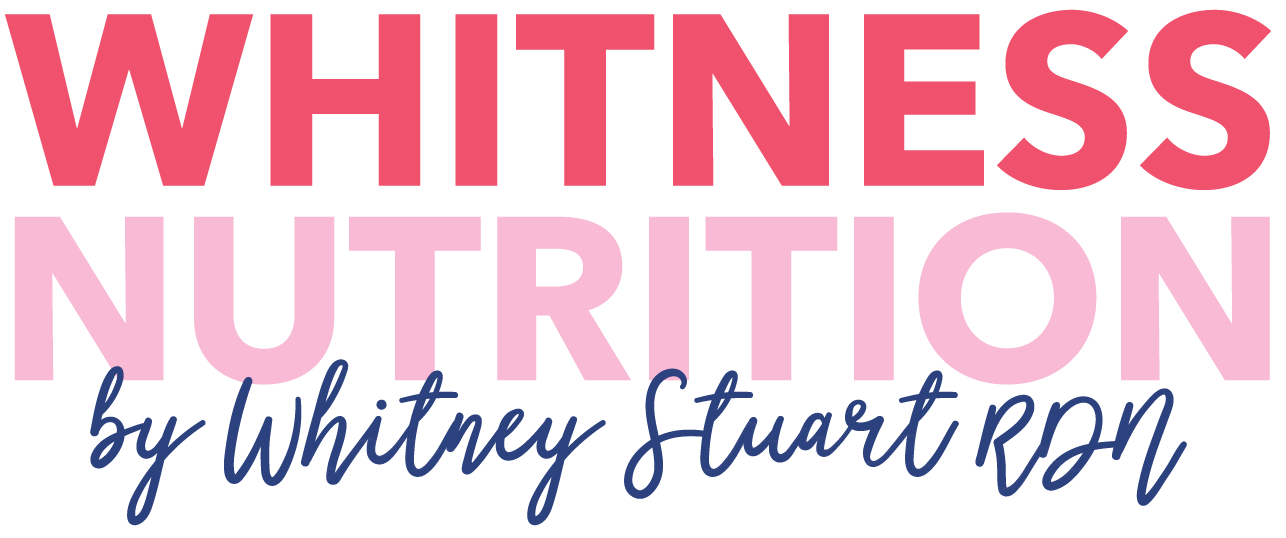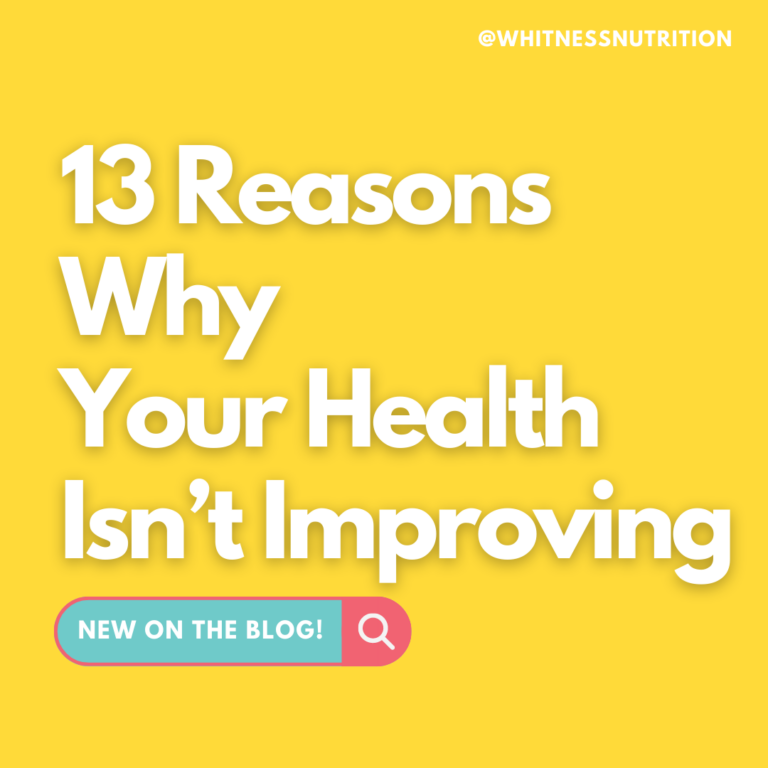Science-Backed, Stress-free Tiny Health Gut Test Review
Your gut biome nudges everything—energy, cravings, immunity, even mood—and yet most of us ignore it until symptoms shout. Across ages, a clearer look at the microbes driving (or derailing) overall health is worthwhile. I kept hearing about Tiny Health Gut Test and their age‑specific approach, so I trialed it for a practical, food‑first perspective.
Today I’m sharing an honest Tiny Health Gut Test Review: what I expected, what I learned, and whether these tiny health gut tests are worth it for busy families who want straightforward, whole‑food steps to improve gut health. We’ll cover how the tiny health test works, what’s inside the detailed report, the key insights you can act on (including a custom plan), and how a parent could use the baby gut test to support the baby’s gut in the first 1,000 days. My lens: low-sugar, high-protein, low-glycemic nutrition that builds confidence—not chaos.
Tiny Health Gut Test Review
Expectations & why I tried it. I wanted more than a generic “good/bad bacteria” pie chart. I was looking for strain‑level gut microbiome testing tied to food and lifestyle—clear enough to guide grocery lists, not just generate anxiety. Tiny Health claims strain‑level resolution and shows whether a microbe is present “present down to a 0.05% abundance level” (also phrased as present down to a 0.05 abundance level) and even groups microbes as beneficial vs unfriendly—exactly the kind of precision that could translate to smart, everyday changes.
What stood out. The health report opens with a digestible summary. It includes a custom plan—top actions prioritized by the Tiny Health team (e.g., targeted foods, evidence‑based supplements) so you’re not guessing what to do first. This is presented with context, visuals, and comparisons over time if you re‑test.
Testing results & usefulness. Unlike many kits that rely on 16S (low-resolution, bacteria-only), Tiny Health uses shotgun metagenomics, which captures bacteria, fungi, viruses, and some parasites, and detects lower-abundance species more reliably. That matters if you’re chasing root causes, not symptoms.
Who it’s for. Families, athletes, and anyone troubleshooting bloating, bowel changes, or skin flares—and yes, parents wanting an age‑specific baby gut test (age‑tailored metrics, first‑1000‑days focus). The reports explicitly categorize them as beneficial/unfriendly and translate findings into an action plan. Practitioners can also plug it into care.
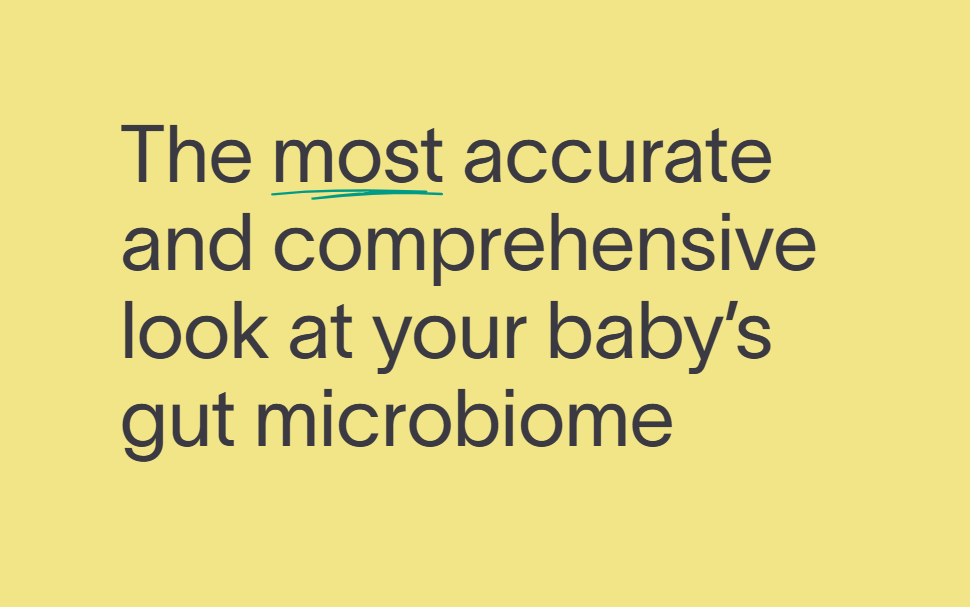
What Is Tiny Health Gut Test?
Tiny Health offers gut microbiome testing tailored for different age groups (pregnancy/TTC, baby, child, adult). Using shotgun metagenomic sequencing (not 16S), the platform identifies both bacteria and non-bacterial organisms, such as fungi, yeast, some viruses, and protozoa, and reports the presence and abundance of each microbe, often down to a level of 0.05% abundance. Reports categorize them as beneficial, unfriendly, variable, or unknown and visualize shifts over time.
For infants, the baby gut test is tailored to age and gut maturation milestones (the “first 1,000 days” emphasis). You get an interactive health report with diet, lifestyle, and supplement suggestions—essentially an action plan—plus an overview of priority items, including a custom plan prepared by Tiny Health’s experts. Parents see where beneficial and unfriendly patterns sit for their child and what to do next.
Adults receive similar clarity: a summary page, microbe lists with strain detail, and context on potential associations (digestion, inflammation, barrier function). You can monitor testing results across retests and compare your profile to reference groups. The headline value: visibility you can use in the kitchen—foods to emphasize, fibers or polyphenol‑rich choices to rotate in, and when targeted probiotics make sense, all grounded in your own data.
How Does The Tiny Gut Health Test Work
Choose your kit & goal
Pick an adult, child, or baby gut test (there’s also pregnancy/TTC). Kits are designed for at‑home stool swab collection and ship to a CLIA‑certified lab. The portal estimates your timeline and flags when your testing results are ready.
Collect a quick sample
Collection is a mess‑free swab (minutes). Mail it back in the prepaid mailer; you’ll be notified when sequencing begins. Parents can sample early to course-correct the baby’s gut while it’s still maturing.
Shotgun metagenomics (the tech under the hood)
Instead of 16S (limited to bacteria and lower taxonomic resolution), shotgun metagenomics sequences all DNA in the sample—capturing bacteria, fungi, parasites/protists, and viruses with greater sensitivity for low‑abundance organisms. Independent research shows shotgun detects a broader community and better resolves rare taxa. Tiny Health’s reports reflect this depth in plain language.
A granular readout of what’s there
Your report lists species/strains and shows whether a microbe is present and at what relative abundance—“present down to a 0.05% abundance level,” which is unusually granular for consumer tests. Visuals split microbes into beneficial and unfriendly groups so you see balance at a glance.
From data to decisions: summary + plan
The first page is an “Overall Summary” with key insights and prioritized steps—including a custom plan crafted by a microbiome expert. You’ll see food targets (e.g., specific fibers or polyphenol sources), lifestyle tweaks, and evidence‑based supplement options when appropriate. This health report structure makes it easier to improve gut health—simply cook the meals, swap the snacks, and then re-test.
Practitioner & coaching options
If you work with a functional medicine practitioner (or want clinician context), Tiny Health offers a practitioner portal and a PRO report with clinical markers and recommendations—helpful for integrating results into care journeys. Many kits include a session with a microbiome expert to review your action plan.
What you can expect in the portal
An interactive dashboard, trend views if you re‑test, and microbe pages with plain‑English descriptions. The report calls out whether a target microbe is present or under‑represented and ties that to food‑first steps. Some versions note species present down to a 0.05 abundance level, which helps you see minor shifts after diet changes.
Reality check: A gut health test is informational—not a diagnosis. Pair results with symptoms, medical history, and clinical guidance. Use them to fine‑tune meals, not to self‑treat complex conditions.
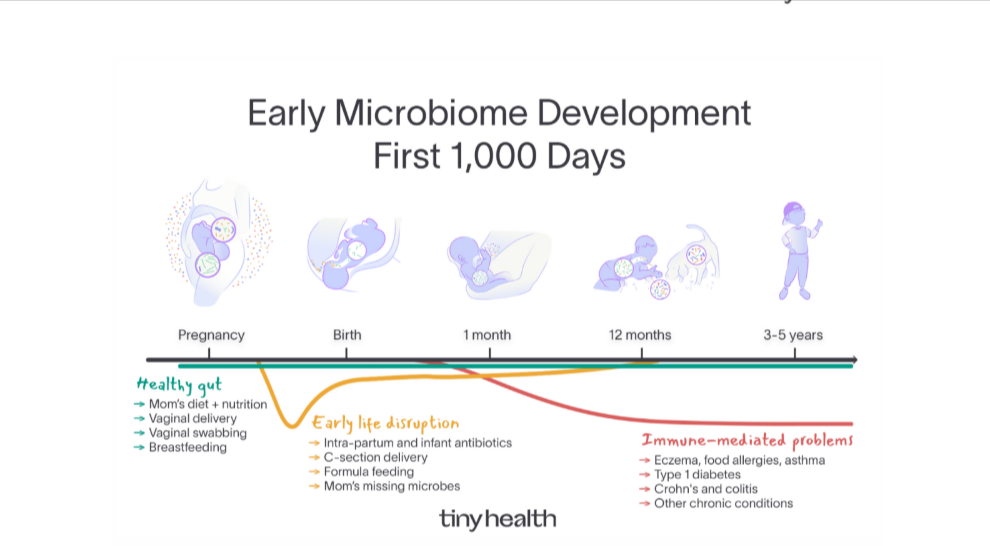
What Are The Pros And Cons Of the Tiny Health Gut Biome Test
Pros
Strain‑level visibility that’s actionable
Unlike many at‑home gut microbiome testing services, Tiny Health uses shotgun metagenomics, which detects bacteria and non‑bacterial organisms with high resolution. Reports show whether a microbe is present and quantify it—“present down to a 0.05% abundance level” in sample reports (some pages note 0.005% for certain panels)—so small shifts after diet changes don’t get lost. That depth makes your food plan feel less like guesswork.
Clear summaries, key insights, and an action plan
Your interactive health report opens with an “Overall Summary” and prioritized steps, including a custom plan—think fiber targets, polyphenol‑rich foods, and when a targeted probiotic may help. This bridges the gap between data and dinner.
Helpful “beneficial vs unfriendly” framing
The dashboard categorizes organisms as beneficial, unfriendly (and variable/unknown), allowing non-scientists to quickly scan patterns and relate them to symptoms or food choices.
Family focus, from pregnancy through the baby gut test
Age-specific metrics (pregnancy/TTC, infant, child, adult) help parents course-correct the baby’s gut in the first 1,000 days, when the microbiome is most malleable. That’s rare—and valuable for families who want food‑first preventive care to improve gut health and overall health.
Practitioner pathways, if you want backup
If you work with a functional medicine practitioner, there’s a PRO report and clinician portal so professionals can review testing results, download a detailed report, and align on an action plan with the Tiny Health team.
Transparent tech and education
The site explains why shotgun metagenomics offers broader detection than 16S and how Tiny Health benchmarks against other Tiny Health gut tests. For data‑curious readers, this transparency builds trust.
Cons
Not a diagnosis—and it shouldn’t replace medical workups
An at‑home gut health test can surface patterns, not diagnoses. If you have red‑flag symptoms, you still need a clinician and, sometimes, clinical stool studies or other labs. Expect guidance, not medical clearance.
Abundance numbers can be confusing
Seeing a microbe reported as “present down to a 0.05 abundance level” (or 0.05%) looks ultra‑precise; some pages mention 0.005%. These thresholds differ across materials, which can confuse new users. The practical takeaway matters more than the extra decimal place: trend over time and the recommended steps.
“Beneficial vs unfriendly” is a simplification
It’s a helpful on‑ramp, but biology is context‑dependent. A species labeled unfriendly can be neutral at low levels. Use the labels as cues, then lean on the narrative in your health report and action plan for nuance.
You’ll still need to do the food work
Even with superb key insights, your results won’t move unless your grocery cart does. Expect to implement fiber-diverse fruits and vegetables, resistant starch, and protein-anchored, low-glycemic meals—then retest to confirm directionality. The kit can point; you still have to drive. (This is a limitation of every test, not just the tiny health test.)
Cost and cadence
Shotgun metagenomics is more expensive than basic 16S. One test is informative; real change often means a retest to verify that your plan worked. Budget for at least two rounds if you want to document change with numbers. (Tiny’s value is strongest when you compare testing results over time.)
Interpretation still benefits from guidance
Most people can follow the report, but complex cases (post‑antibiotic flares, IBS/IBD, multiple food reactions) may need a functional medicine practitioner or dietitian to contextualize findings and integrate supplements safely—especially for infants. The good news: the Tiny Health team provides resources and examples within the portal and sample reports.
Tiny Health delivers unusually granular gut microbiome testing plus a readable health report that translates data into kitchen moves—including a custom plan—for adults and families. If you want structured next steps and a way to track whether your food‑first changes improve gut health, it’s a strong option. Just remember: use it to guide your plan and conversations with your clinician, not to self‑diagnose.
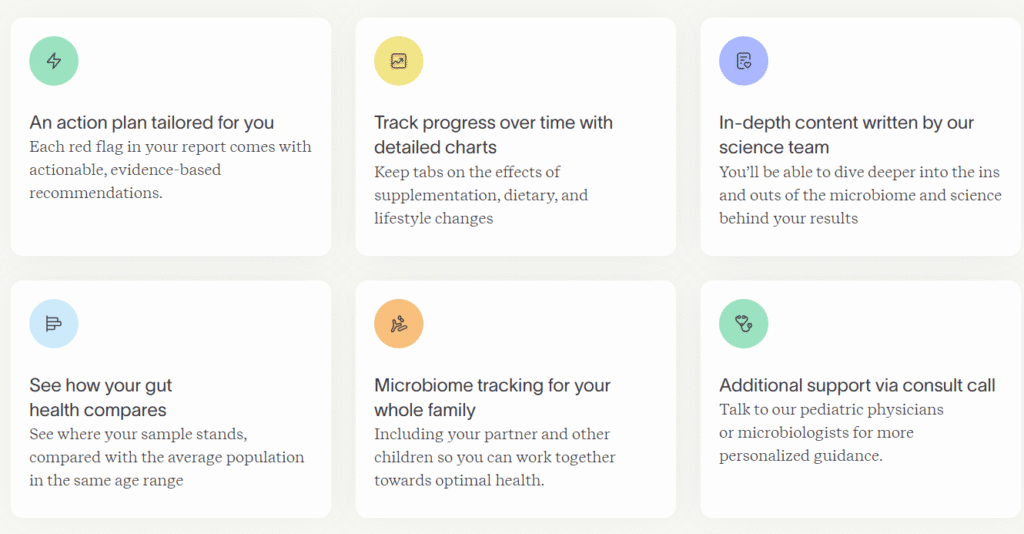
Is Tiny Health Worth It
Short take: if you want gut microbiome testing that turns data into doable steps, Tiny Health is one of the few consumer gut health test options I’d recommend. The health report is clean, translates strain‑level reads into key insights, and opens with a prioritized summary including a custom plan—foods, fibers, and when a targeted probiotic makes sense.
You also see whether a microbe is present and how much—present down to a 0.05 abundance level—and the visuals categorize them as beneficial or beneficial unfriendly, so non‑scientists can scan what matters. That granularity is rare in at‑home tests and actually helps you cook differently this week.
Accuracy-wise, Tiny Health uses shotgun metagenomics (not 16S), which means broader organism coverage and finer resolution—useful when you’re choosing real foods to improve gut health for overall health. You also get a consult with a coach from the Tiny Health team, and you can loop in your functional medicine practitioner if you want clinical oversight.
What I like most: the age‑specific lens (including the baby gut test), clear thresholds, and the kitchen‑first action plan. If you’re a parent optimizing baby’s gut in the first 1,000 days—or an adult troubleshooting bloat or energy swings—seeing your testing results laid out with food swaps beats generic tips. Pair this with cleaning up hidden sugars in your daily routine and the impact compounds.
See my guide on hidden sugars to align pantry choices with your report.
How Much Does The Tiny Health Gut Test Cost?
Here’s what pricing looks like right now (promos can shift, so always check the site before you buy):
- Adult Gut Health Test — Baseline Assessment: $249
Includes one at‑home kit, your health report with key insights, an action plan, and a 1:1 review call with a microbiome specialist. HSA/FSA eligible. Turnaround is typically 3–4 weeks.
- Tiny+ Annual Membership — ~$448/year (example listing)
A membership option that (at the time of writing) includes two gut tests (or vaginal tests, depending on plan), two free consults per year, unlimited member support, and member pricing on extra kits. The page also shows additional kits at $149/kit for members (nearly at‑cost) and ongoing perks from the Tiny Health team. I’ve also seen membership language on other pages noting $169/kit member pricing and $39 add‑on consults—expect small differences by plan and promotion.
- PRO Gut Health Test — $379 (through a practitioner)
For those working with a clinician, this adds a PRO‑level report and coordination with your provider.
- Occasional sale pricing via authorized storefronts
Some retailers list kits between $200–$250 during promotions. Good for a one‑off sample, but you’ll miss membership perks and longitudinal tracking unless you enroll later.
What you’re paying for: shotgun metagenomics (the more advanced tech vs. standard 16S), the ability to see whether a microbe is present “present down to a 0.05% abundance level,” the “beneficial vs unfriendly” framing, and a report that opens, including a custom plan. If you plan to re‑test and want hand‑holding, membership often pencils out. If you just want a snapshot, the $249 baseline kit is a clean start.
As always, use results to guide food‑first changes and collaborate with your functional medicine practitioner—tests inform care; they don’t replace it.
Summary & Next Step — Work with WHITNEY
Choose a Tiny Health gut health test (or any Tiny Health Gut test review), and the win is what you do next. When your health report and detailed report land—with key insights, including a custom plan & an action plan from the tiny health team—use coaching to turn numbers into meals.
Tiny health gut tests show which microbe is present, often present down to a 0.05 abundance level, and categorize them as beneficial or beneficial unfriendly; paired with food‑first habits, they can improve gut health and overall health for you and, via a baby gut test, the baby’s gut. Book a 1:1 Nutrition Program with me: 45-minute initial consult, weekly 30-minute follow-ups, kitchen confidence, and accountability.
Prefer community? Join the 8‑week NourishMET group. Want flexibility? Choose self‑paced courses with “book‑as‑you‑need” 1:1s or loop in your functional medicine practitioner. Schedule a discovery call; we’ll review testing results from gut microbiome testing and map next steps.
